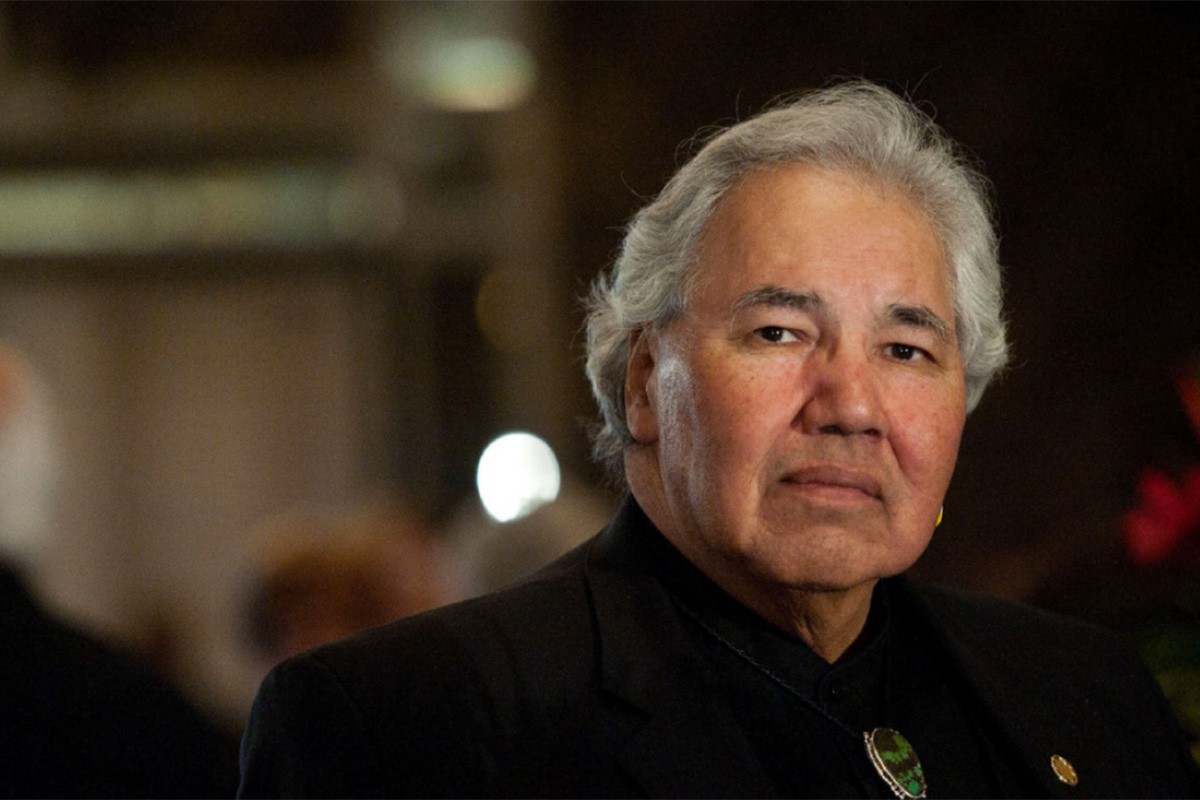
New York Times: He Almost Quit the Law. Instead, He Reset Canada’s Indigenous Dialogue.
From the New York Times’ Feb. 6 story on alumnus Murray Sinclair [LLB/1979, LLD/2002], who recently retired from the Senate:
For Murray Sinclair, being a bridge between Indigenous people and the rest of Canada has sometimes been a struggle. After he graduated from law school in 1979, a step that felt like “joining the dark side,” he was frustrated by courts where he heard racist comments flow and saw the justice system work repeatedly against Indigenous people.
“This is killing me, literally, to do this,” Mr. Sinclair, who is Anishinaabe, recalled telling his wife, Katherine Morrisseau-Sinclair. “I’m not really helping anybody, but I’m also being seen as one of them.”
Ms. Morrisseau-Sinclair persuaded him to visit Angus Merrick, an elder from the Long Plain Indian band and an Aboriginal court worker.
The two men met in Mr. Merrick’s tepee, the elder smoking cigarettes and both of them drinking pots of tea until 6 in the evening, at which point Mr. Merrick became direct.
“In residential school, what they told us was if we want to live in this world, we have to become like the white man. We have to learn what it means to be a white man,” Mr. Sinclair remembered the elder saying.
Mr. Merrick then challenged that lesson: “You need to learn what it means to be an Anishinaabe.”
Mr. Sinclair decided to follow that advice. “And I’m still on that journey today.”
Decades later, Mr. Sinclair is a national leader in guiding Canada’s conversation on reforms for Indigenous people, most recently as a member of the Senate.
Mr. Sinclair retired this past week, leaving behind a comprehensive road map to improve Canada’s relations with Indigenous people, a legacy of fighting for justice and a history of challenging assumptions and provoking debate…Mr. Sinclair, who just turned 70 and lives north of Winnipeg in St. Andrews, Manitoba, spent four years in the Senate after leading one of the most important bodies in Canada’s recent history: the national Truth and Reconciliation Commission, which released its final report in 2015.
Read the full story from the New York Times here.






